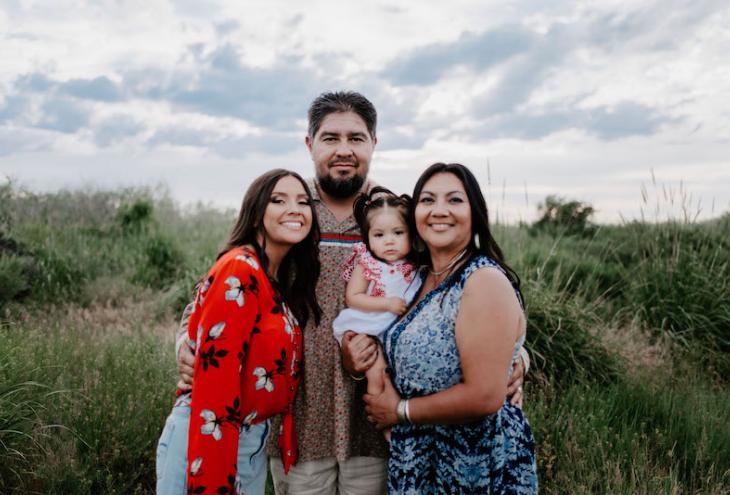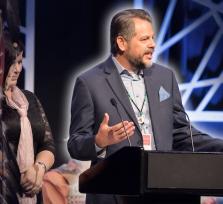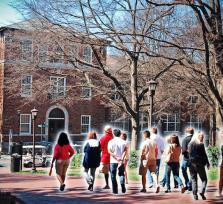While I was pregnant with my first daughter, I was just beginning studies at Idaho State University (ISU), where I was working on my bachelor’s degree. I remember sitting in a regular desk at the beginning of the spring semester in 1999, but by the end of the semester I had graduated to the table at the front of the classroom due to the growing home of my baby. This is a story I share with my daughter Lilianna (Lily), who is now 20 and starting her second year at Boise State University (BSU). She tells people that I’ve been in school since she was in the womb. This is also the same story for my youngest daughter, Isla Rain, who turns two in August. Only her story is a bit more complex, as she’s surrounded by academics. Her father is an adjunct professor at ISU, her sister is a sophomore at BSU, and her mom is still in school working on a PhD in natural resources at the University of Idaho.
I’m asked quite frequently by family and friends, “So, are you still in school?” Sometimes this is a legitimate question; other times I sense a bit of criticism. Nonetheless, yes, I’m still a student — and I have accepted that I will be a lifelong learner. Being an Indigenous student and a mother are the greatest challenges I have ever faced. But I’m lucky in the fact that I have generous scholarships that allow me the opportunity to work solely on my studies, so a majority of my time is spent at home.
Not only am I caring for a little one, I also worry about my oldest in college, my hardworking husband, and my own success as a full-time student. I strive for successful time management, but with daily household obligations, animal issues, and the needs of loved ones, I can never determine how much time will be spent on my writing, reading, data analysis, interviews, or presentation preparation. However, I have been lucky to share my research across the nation and internationally in Canada and Brazil, presenting on what is becoming my lifelong work.
I remind myself that as an Indigenous mother, this is what we are supposed to be doing: teaching our children responsibilities. Showing them that school is not just about getting a degree, it’s about learning to form your own opinions.
I think about my 20-something-single-mother self, towing Lily to night classes, moving from city to city, and having her out doing fieldwork with me because as I write this, I see Isla Rain now occupying that same space near me as I work. I remind myself that as an Indigenous mother, this is what we are supposed to be doing: teaching our children responsibilities. Showing them that school is not just about getting a degree, it’s about learning to form your own opinions and investing your time in issues that have meaningful impacts.
I began my educational endeavors with dreams of becoming a museum conservationist, focusing on art created from animal materials like fur, bone, and skin. After earning degrees in museum studies, American studies, and American Indian studies, I’m now working on a natural resources degree with a focus on plant conservation for the perpetuation of Lophophora williamsii, the medicinal peyote plant.
Though my story has changed, and much time has passed, I remain a student. This is not how I had planned my life; I like to think this is what was planned for me.
A mother, a wife, and a PhD student at the University of Idaho in the Natural Resources program, Dawn D. Davis is also an NSF Indigenous STEM scholar and an NSF Integrative Graduate Education Research Traineeship fellow. She uses GIS as one tool to analyze the environmental and anthropogenic issues that surround the revered peyote plant, which is integral to her spiritual practice as a Shoshone-Bannock tribal woman. Davis has shared her research among Native American, academic, ethnobotanical, and psychedelic audiences nationally and internationally.













